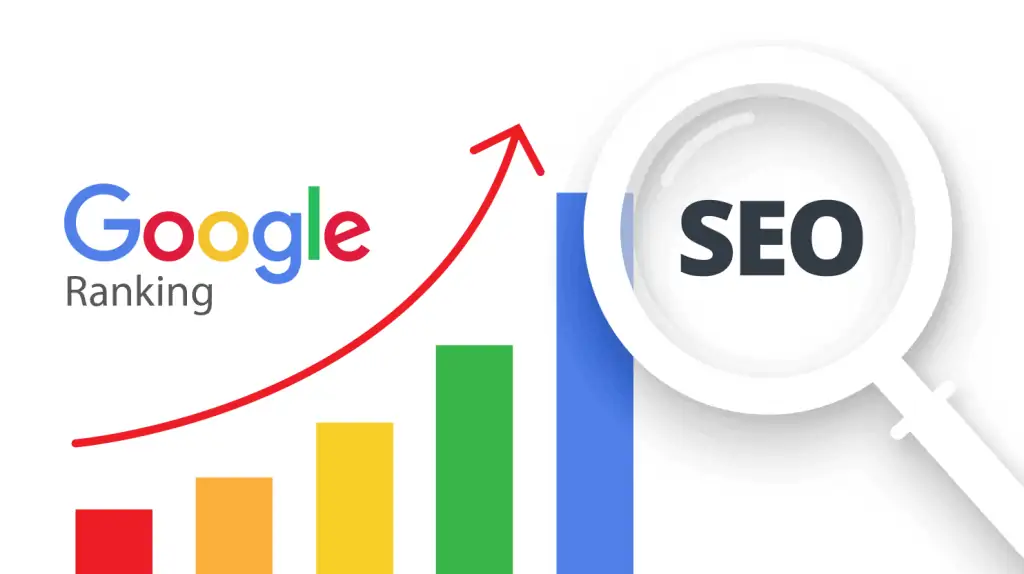
Learn How to Optimize SEO for Best Rankings!
Discover the best practices to optimize SEO and improve your website’s search rankings. Learn key SEO techniques to boost visibility and user experience.

In today’s competitive online space, effective Search Engine Optimization (SEO) is essential for any website aiming to attract more visitors and rank higher on search engine result pages (SERPs). But what exactly does it take to optimize SEO effectively? This article explores the best practices for achieving SEO success and why SEO is a must for every site owner looking to expand their digital presence.
What is SEO?
SEO, or Search Engine Optimization, refers to a collection of strategies designed to improve a website’s visibility on search engines like Google. The aim of SEO is to make a website more accessible to users by enhancing its relevance to specific searches. Essentially, SEO aligns your content with what people are searching for, helping your site appear on the top of SERPs.
Why Optimize SEO for Your Website?
Optimizing SEO is crucial because it drives organic traffic to your site. Unlike paid advertising, SEO generates ongoing, long-term results, making it cost-effective and highly valuable. By following proven strategies to optimize SEO, your website can reach a wider audience and gain credibility in your field.
Best Practices to Optimize SEO
Let’s explore the most effective ways to optimize SEO, helping your website stand out in search results.
1. Perform Keyword Research
A successful SEO strategy begins with understanding what keywords your audience uses to search for content. Tools like Google Keyword Planner or Ahrefs help identify popular and relevant keywords for your niche. For this article, we’re focusing on keywords like “SEO,” “Optimize SEO,” and “What is the SEO.” Integrating these keywords naturally throughout your content signals to search engines that your page is relevant to users' queries.
2. Optimize On-Page SEO
On-page SEO includes all optimizations you make directly on your website’s pages. This involves:
- Title Tags and Meta Descriptions: Create a compelling title tag and meta description that contain your primary keywords. For instance, “Best Practices to Optimize SEO for Your Website” is a strong title with targeted keywords.
- Header Tags (H1, H2, H3): Use headings to structure your content. Not only do headings improve readability, but they also help search engines understand the hierarchy of information on your page.
- Content Quality: High-quality, informative content is essential. Aim to answer your audience’s questions fully and naturally include terms like “What is SEO” and “The SEO” throughout the text to improve relevancy.
- Image Optimization: Add descriptive alt tags to your images with relevant keywords, such as “SEO strategies” or “Optimize SEO,” so they can appear in image search results.
3. Improve Site Speed
A fast website is crucial for SEO. Search engines prioritize user experience, and slow-loading pages can lead to higher bounce rates. To optimize SEO, compress large images, enable browser caching, and remove unnecessary plugins or code that could slow down your site. Google’s PageSpeed Insights tool provides insights into areas you can improve to boost site speed.
4. Make Your Website Mobile-Friendly
With the rise in mobile internet usage, search engines prioritize mobile-friendly sites in search results. To optimize SEO effectively, ensure that your website design is responsive, adjusting to fit various screen sizes. Test your website on different devices to verify that navigation, readability, and load times are smooth across all platforms.
5. Build High-Quality Backlinks
Backlinks from reputable websites serve as “votes of confidence” that can boost your site’s SEO. To get quality backlinks, focus on creating valuable content that others in your industry will want to share. Guest blogging, publishing research, or collaborating with industry influencers are also effective ways to gain backlinks and optimize SEO.
6. Optimize for User Experience (UX)
User experience is now a significant ranking factor in SEO. Here’s how to optimize for it:
- Easy Navigation: Make it simple for users to find what they’re looking for by organizing content logically and using clear menus.
- Clear Call-to-Actions (CTAs): Guide visitors to take action on your site with strategic CTAs, such as “Learn More,” “Contact Us,” or “Get Started.”
- Readable Font and Design: Ensure text is easy to read, using contrasting colors and sufficient whitespace to avoid clutter.
By creating a user-friendly experience, you’re more likely to keep visitors engaged, signaling to search engines that your content is valuable.
7. Regularly Update Content
Content that is fresh and relevant tends to rank better in search results. Periodically reviewing and updating your content keeps it aligned with current SEO trends. For instance, if an article on your site answers “What is SEO,” update it with the latest SEO practices or algorithm changes to maintain its relevance.
8. Utilize Internal Linking
Internal links connect various pages on your website, guiding users to related content and helping search engines understand the structure of your site. For example, linking an article on “Optimize SEO” to another one on “What is the SEO” helps distribute authority throughout your site, which can improve its ranking.
9. Use Schema Markup
Schema markup is a form of microdata that helps search engines understand your content better. It enables rich snippets, like ratings, reviews, or FAQs, to appear in search results, which can increase click-through rates. Adding schema to your site makes it more informative for both users and search engines, helping to optimize SEO.
10. Focus on Local SEO (If Applicable)
If your website targets a local audience, optimizing for local SEO is essential. Claim your Google My Business listing, include local keywords in your content, and encourage customer reviews. These efforts can improve visibility in local searches, drawing in nearby customers.
Common SEO Mistakes to Avoid
To effectively optimize SEO, it’s important to avoid these common pitfalls:
- Keyword Stuffing: Avoid overloading your content with keywords like “SEO” or “Optimize SEO.” Instead, use keywords naturally and only where they make sense.
- Ignoring Analytics: Use tools like Google Analytics and Google Search Console to monitor your SEO performance. Regularly analyzing this data helps identify areas for improvement.
- Skipping Technical SEO: Don’t neglect backend elements like site speed, structured data, and XML sitemaps, which are crucial for an optimized SEO strategy.
Conclusion
Optimizing SEO is an ongoing process that requires patience and commitment, but the rewards are well worth the effort. From understanding “What is SEO” to applying these best practices, a well-rounded approach will help your website rise in search rankings, attract more visitors, and ultimately achieve greater success online. Make SEO a priority, and watch your digital presence grow!





.jpg)